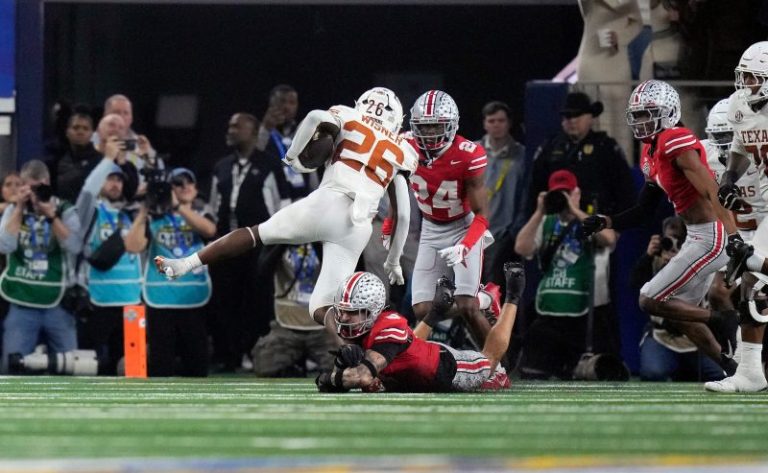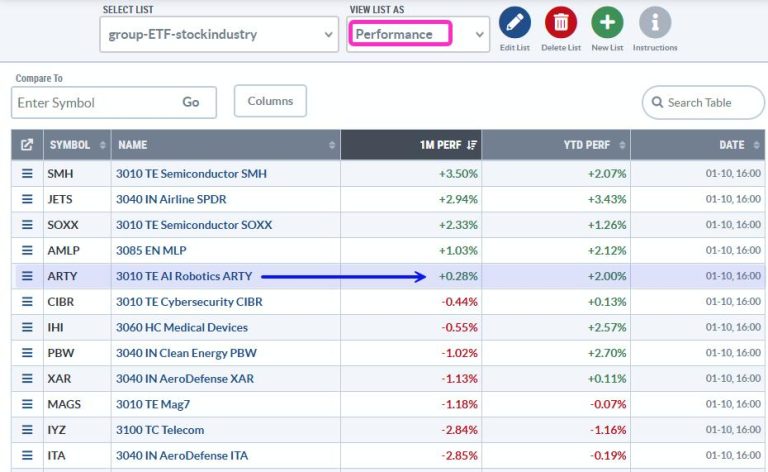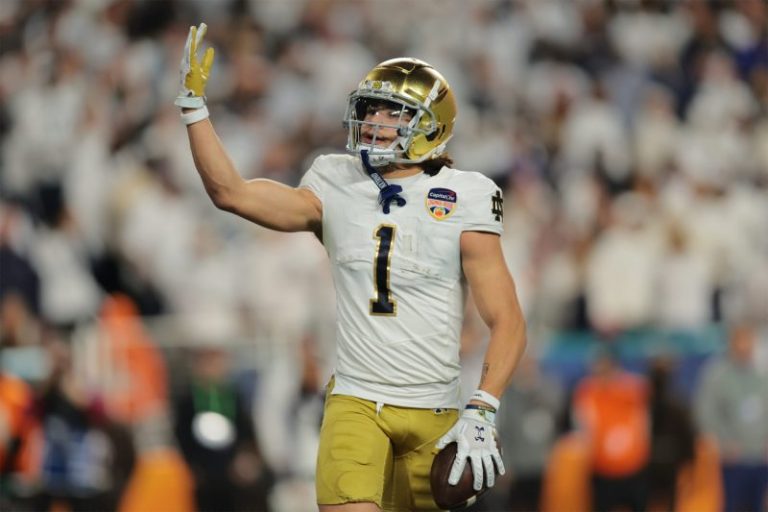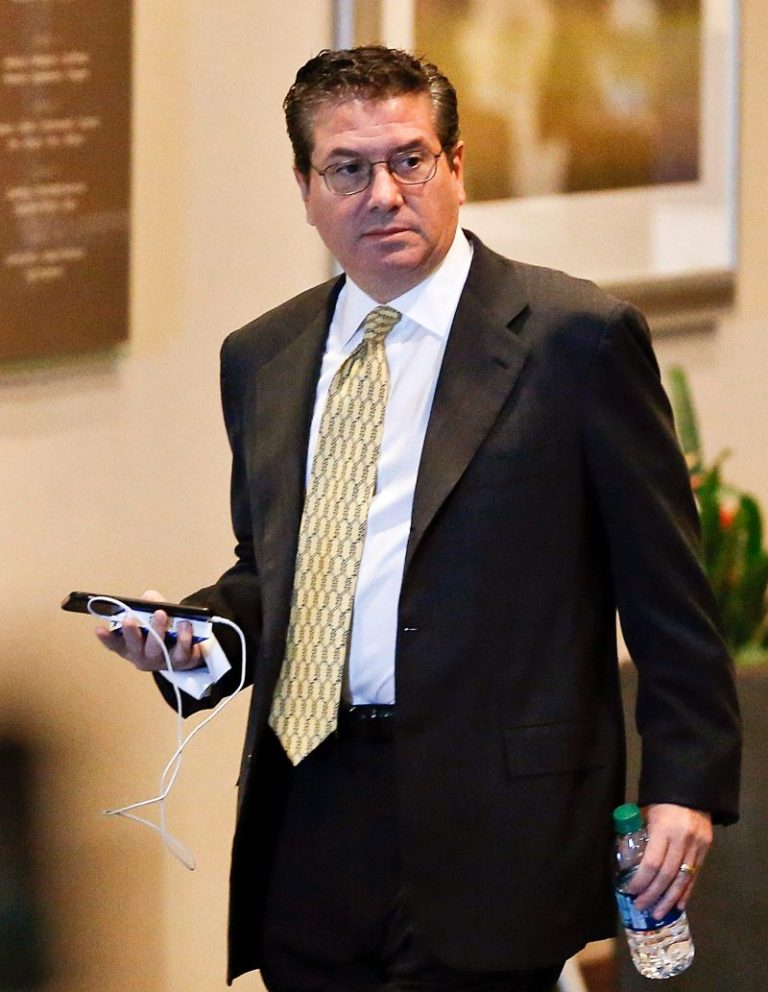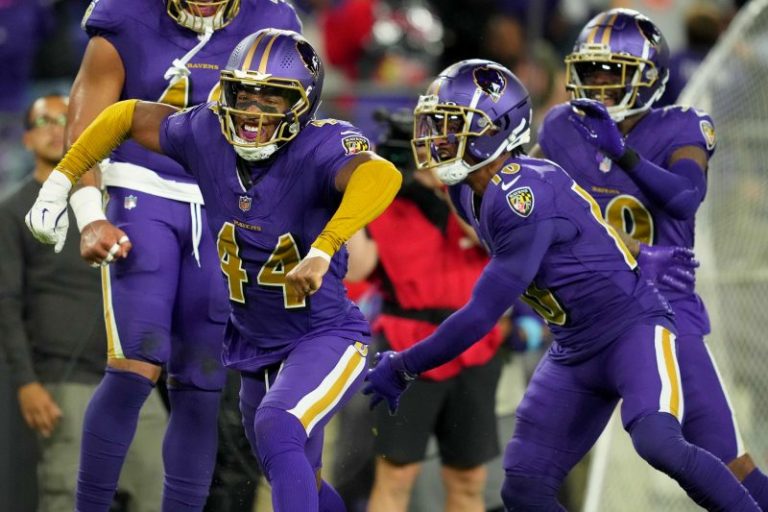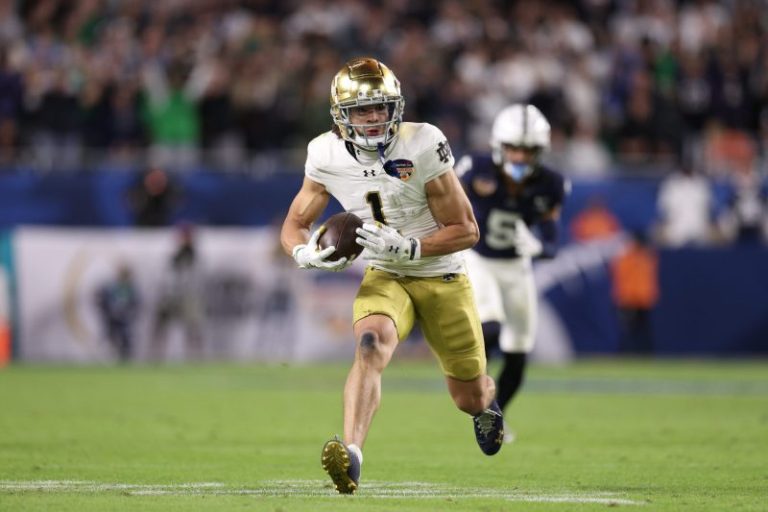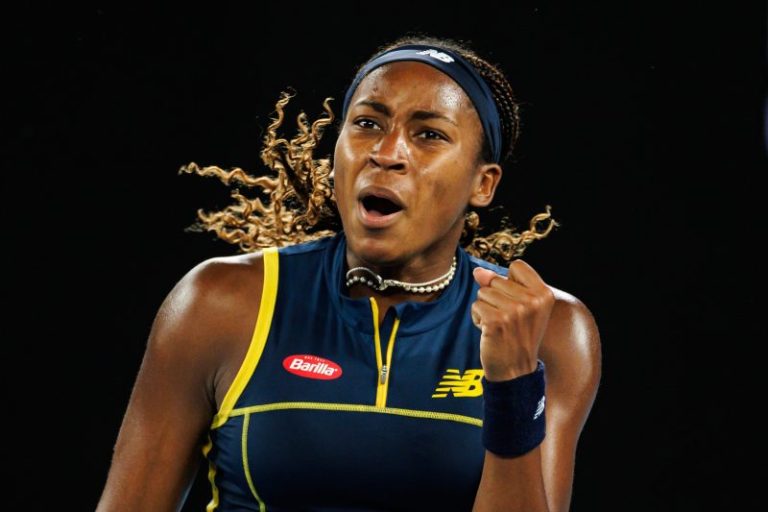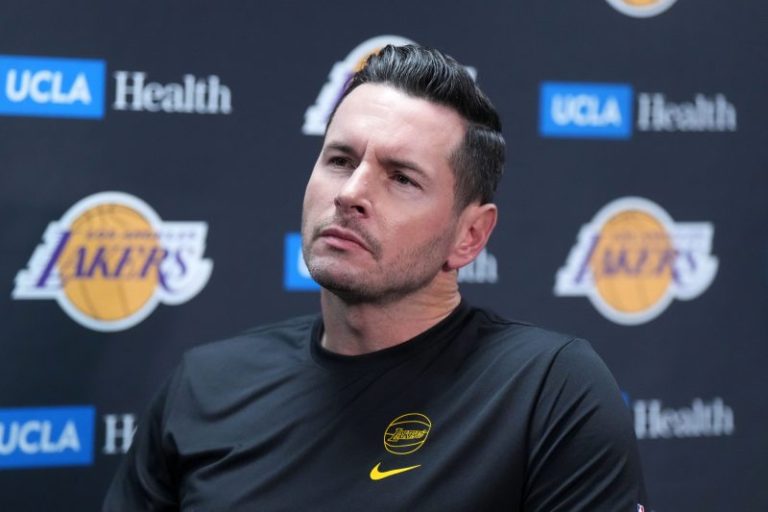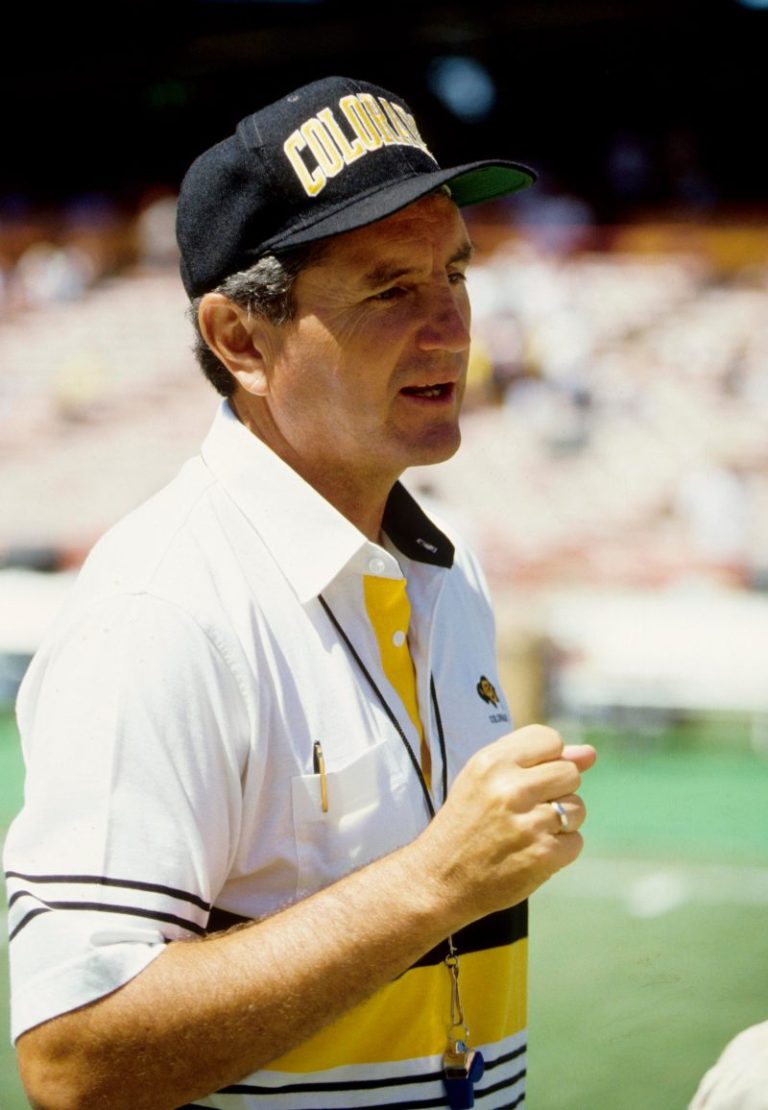OWINGS MILLS, Md. – With a first name one letter longer than a key character in “The Wire,” the HBO classic show set in Baltimore, perhaps Marlon Humphrey was long destined to play for the Ravens.
The fictional Marlo Stanfield was a cold-blooded killer who wore the crown as the city’s drug kingpin in the second half of the five seasons the show ran. Humphrey, the cornerback commonly referred to as “Marlo” by teammates and coaches, won’t win NFL Defensive Player of the Year, though he did earn an All-Pro selection to complement his third Pro Bowl appearance. But no Ravens defensive player came up big when it mattered most more than Humphrey during the 2024 regular season.
There was the interception of Cincinnati Bengals quarterback Joe Burrow in Ravens territory with Baltimore trailing by three points and three minutes remaining (Baltimore went on to win in overtime). He had two interceptions in front of a national “Monday Night Football” audience against Baker Mayfield and the Tampa Bay Buccaneers, who scored 21 points in the fourth quarter after he left with a knee injury that kept him out of the Ravens’ next game, a loss to the Cleveland Browns.
There was a pick-six, the first of his career, in Week 16 against the Pittsburgh Steelers – the Ravens’ AFC North rival and wild-card round opponent Saturday night (8 p.m. ET, Amazon) – that gave the Ravens a two-touchdown lead in the fourth quarter. Earlier in the season, he picked off a pass in the end zone in an 18-16 loss to Pittsburgh in which the defense did not allow a touchdown. Quarterback Lamar Jackson said Humphrey’s strip of Bengals running back Chase Brown on “Thursday Night Football” “woke us up” with the team trailing 21-7 on the way to a 35-34 comeback win.
And he does it all with a personality untypically found in most NFL locker rooms.
All things Ravens: Latest Baltimore Ravens news, schedule, roster, stats, injury updates and more.
“He’s one of a kind, man,” Ravens cornerback Brandon Stephens told USA TODAY Sports. “He comes with energy every day, just a high-energy guy. I don’t know another Marlo besides Marlo.”
Who else journals before a game while leaning against the goal post in frigid temperatures? Or reveals that he’s gone to Ravens owner Steve Bisciotti for advice on his love life?
During the offseason, a Bleacher Report story called Humphrey the most overrated defensive back in the NFL. His statistically improved season is not only a testament to his talent, Stephens said, but also how he approaches every day of work. He’s focused inside the building and puts even more time in outside of it.
“His personality is unique to him,” wide receiver Nelson Agholor told USA TODAY Sports. “He has a unique personality – charismatic, outgoing, definitely a team guy. So all in all, respect it and (got) love for the guy.”
That personality is on display in front of the team every single day, said Aghlor, who has had scores of teammates across the four different organizations he’s played for in 10 seasons.
“But he’s consistent with it. So it’s not really a show, it’s who he is,” Agholor said. “At first, it was hard for me to understand. I thought he was joking, but that’s really him. That’s his personality.”
Humphrey finished the season with 15 passes defended, a career-high six interceptions (the same number he had from 2020-23) and 50 solo tackles. The 2019 season was Humphrey’s first Pro-Bowl nod, and he was also named to the AP’s All-Pro first team.
“It was kinda quick to get accustomed to how he is,” said Stephens, who was drafted by Baltimore in 2021. “I think when I first got here I was like, ‘I didn’t know Marlo was like this.’
“You become accustomed to it.”
As the College Football Playoff continued, the Ravens offered a prompt for players to give their predictions to the camera while walking off the field. Humphrey stood there for minutes while everybody else quickly shouted their answers, and he gave an impassioned explanation of why he believed his Alabama Crimson Tide were jobbed.
“We love Marlon. We want Marlon to be himself,” Orr said. “If he’s not himself, then something’s wrong. So, we want Marlon being his crazy self, and we appreciate it, and I think he appreciates us for letting him be himself.”
Humphrey became a father in December and married earlier in 2024. He entered the season slimmed down (like quarterback Lamar Jackson), at about 190 pounds, after he spent the last few seasons around the 200-pound mark.
“I got my grown-man weight on me, and it just never went off,” Humphrey said in camp. “It’s a young man’s game, so I decided to get a little lower.”
During training camp, Humphrey offered some insight into how he wanted to approach the season. Offensive line coach Joe D’Alessandris died suddenly at the age of 70 in August, and tight end Mark Andrews was involved in a car accident. That Orr had to retire from playing early due to a neck condition also affected him.
“It’s helped me just be more calm as a player, just go into it, enjoy what I can enjoy, control what I can control, and I think that’s been the biggest difference, I would say,” Humphrey said in December. “And also, trying to eliminate unknown stress.”
For example, Humphrey said, instead of being one of the last players to show up for the team plane on road trips, he beat the Amtrak train that took the Ravens to New Jersey to play the New York Giants in December.
“This organization, these coaches – I’m just grateful. All of those little things have really helped me just take stress off the body,” Humphrey said. “And you put that in, and you can just be able to play more free, and I feel like it’s shown up this year.”
The Ravens’ first-round draft pick in 2017 (16th overall), Humphrey is in his eighth pro season but is just 28 years old. Orr said he’s stepped up his leadership skills this year because he has no choice as someone players with less experience look up to.
“He definitely has a unique personality, but the thing I love about it is he’s gonna be himself and you’re gonna get Marlon, and he is going to tell you the truth,” Orr said. “He is going to tell you how he feels, and it’s always coming from a good place.”
Since Week 11, the Ravens rank first in the NFL in expected points added (EPA) per dropback (-.15) They’ve surrendered 15.1 points per game in that span, a drop from the 25.3 they gave up over the first 10 games of the season.
That coincided with Humphrey playing moving predominantly to the nickel corner spot, lining up opposite receivers in the slot, as rookie Nate Wiggins kept holding his own on the outside. Another key change was benching safety Marcus Williams and starting Ar’Darius Washington while moving Kyle Hamilton back to a traditional safety role.
Playing nickel allows Humphrey to play more aggressively, and he can abandon the caution he holds onto as a corner.
“I like hitting people,” Humphrey said during training camp.
Humphrey entered this year with the goal of staying healthy, and outside of the minor knee injury he suffered against Tampa Bay, he did.
“When Marlon’s healthy and playing at the level that he’s playing at, he makes us a better defense,” Ravens passing game coordinator/assistant head coach Chris Hewitt told reporters in December. “He brings that grit. He brings the energy, and that’s what this defense is made up of. He embodies everything that we talk about as far as being a Raven, so when he’s playing that way, we play better.”
This post appeared first on USA TODAY

